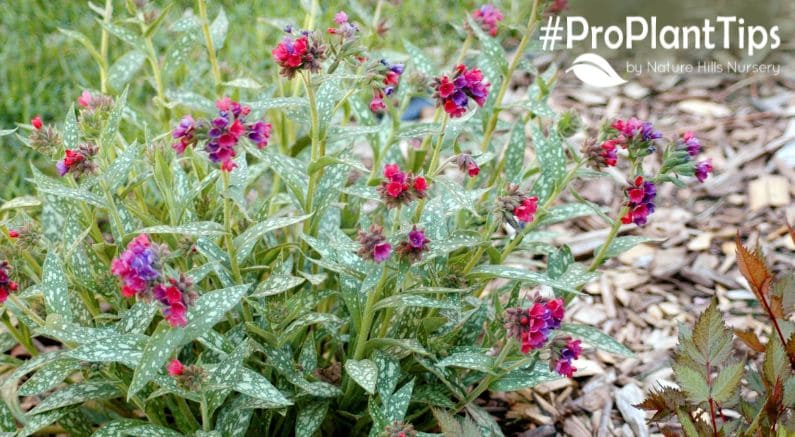Introduction
Orchids have long been a symbol of beauty and elegance, captivating enthusiasts and gardeners alike with their stunning variety and delicate charm. Among the vast array of orchid species, Cane and Dendrobium orchids stand out for their unique characteristics and captivating allure. In this comprehensive guide, we will explore the fascinating world of Cane and Dendrobium orchids, delving into their origins, distinctive features, and the art of cultivating these exquisite plants. Whether you are a seasoned orchid enthusiast or a beginner looking to start your orchid journey, this guide will help you unravel the secrets to successfully growing and nurturing these remarkable orchids.
Understanding Cane Orchids
Cane Orchids: A Brief Overview
Cane orchids, scientifically known as Dendrobium canes, are one of the most diverse and visually striking orchid groups. Originating from Southeast Asia, Australia, and the Pacific Islands, these orchids are renowned for their cane-like pseudobulbs, which store water and nutrients to sustain the plant during periods of drought. Cane orchids boast a wide range of colors, sizes, and shapes, making them a favorite among orchid enthusiasts.
Distinctive Features of Cane Orchids
- Pseudobulbs: The most prominent feature of cane orchids is their pseudobulbs, which resemble bamboo canes. These pseudobulbs store water and nutrients, allowing the orchid to survive in various environments.
- Leaves: Cane orchids typically have long, narrow leaves that emerge from the nodes along the pseudobulbs. The leaves can vary in size and color, depending on the species or hybrid.
- Flowers: Cane orchids produce vibrant, long-lasting flowers that bloom from the nodes on the mature canes. The flowers come in an array of colors, including white, pink, purple, yellow, and orange, often with intricate patterns and markings.
Discovering Dendrobium Orchids
Dendrobium Orchids: An Introduction
Dendrobium orchids are a diverse group comprising approximately 1,200 species, making them one of the largest orchid genera. These orchids are native to Asia, Australia, and the Pacific Islands, thriving in a variety of climates from tropical rainforests to temperate regions. Dendrobium orchids are characterized by their unique growth habits, ranging from epiphytic and lithophytic to terrestrial species.
Notable Features of Dendrobium Orchids
- Growth Habit: Dendrobium orchids exhibit diverse growth habits, with some species producing tall canes similar to cane orchids, while others have compact, bushy growth patterns. The canes or pseudobulbs of Dendrobium orchids store water and nutrients, ensuring their survival in challenging conditions.
- Leaves: The leaves of Dendrobium orchids vary widely, from thin and elongated to broad and leathery, depending on the species. The leaves play a crucial role in photosynthesis and transpiration, contributing to the overall health of the plant.
- Flowers: Dendrobium orchids are renowned for their spectacular and diverse flowers. The blooms can appear singly or in clusters, showcasing an array of colors such as white, yellow, pink, purple, and even bi-color combinations. Many Dendrobium species have intricate markings and patterns on their petals, adding to their visual appeal.
Cultivating Cane and Dendrobium Orchids
Caring for Cane Orchids
- Light: Cane orchids require bright, indirect light to thrive. Place them near a window with filtered sunlight or provide artificial light with appropriate intensity and duration. Adequate light is essential for healthy growth and abundant flowering.
- Temperature and Humidity: Cane orchids prefer warm temperatures and high humidity levels. Keep the orchids in a warm environment, ideally between 65°F to 75°F (18°C to 24°C), and maintain humidity around 50-70%. Providing good air circulation helps prevent fungal diseases.
- Watering: Water cane orchids thoroughly when the pseudobulbs are dry to the touch. Allow excess water to drain away to prevent waterlogged roots, which can lead to root rot. During the growing season, water more frequently, and reduce watering in the winter when the orchids enter a period of rest.
- Potting and Repotting: Cane orchids should be potted in well-draining orchid mix, such as a blend of bark, perlite, and charcoal. Repot the orchids every 1-2 years or when the potting medium starts to break down. Repotting allows you to inspect the roots, trim damaged ones, and provide fresh medium for healthy growth.
Caring for Dendrobium Orchids
- Light: Dendrobium orchids have varying light requirements based on their species. Most Dendrobiums thrive in bright, indirect light. However, some species require more light, while others prefer shaded conditions. Research the specific needs of your Dendrobium orchid to provide the appropriate light intensity.
- Temperature and Humidity: Dendrobium orchids have different temperature preferences depending on their origin. Provide the appropriate temperature range, ensuring a warm, humid environment for tropical species and cooler conditions for temperate species. Adequate humidity is crucial for Dendrobium orchids to prevent drying of pseudobulbs and leaves.
- Watering: Dendrobium orchids need regular watering, allowing the potting mix to dry slightly between waterings. Avoid overwatering, which can lead to root rot. Water early in the day to allow foliage and pseudobulbs to dry before nightfall, reducing the risk of fungal infections.
- Fertilization: Dendrobium orchids benefit from regular feeding during the growing season. Use a balanced orchid fertilizer diluted to half or quarter strength to prevent overfeeding. Fertilize every 2-4 weeks to supply essential nutrients for healthy growth and flowering.
Common Challenges and Solutions
A Common Issues in Cane Orchids
- Yellowing Leaves: Yellowing leaves in cane orchids can indicate excessive sunlight or overwatering. Move the orchid to a slightly shadier spot and adjust the watering schedule to prevent waterlogged roots.
- No Blooms: Lack of flowering might be due to insufficient light or improper pruning. Ensure the orchid receives adequate light and prune dead or unhealthy canes to encourage new growth and flowering.
Common Issues in Dendrobium Orchids
- Drooping Pseudobulbs: Drooping or shriveled pseudobulbs signal dehydration. Increase watering frequency and humidity levels to revive the orchid. Trim damaged pseudobulbs if necessary.
- Fungal Infections: Dendrobium orchids are susceptible to fungal diseases, especially in high humidity. Provide good air circulation, avoid overhead watering, and treat infections promptly with appropriate fungicides.
Conclusion: Embracing the Orchid Journey
Cultivating Cane and Dendrobium orchids is a rewarding and enriching experience that allows enthusiasts to explore the beauty and complexity of these remarkable plants. By understanding their unique features, specific care requirements, and addressing common challenges, orchid lovers can create thriving, vibrant displays of these exquisite flowers.
As you embark on your orchid journey, remember that patience, observation, and a genuine passion for these plants are key. Each orchid has its own story to tell, unfolding in the delicate petals and graceful canes. With the knowledge and insights shared in this guide, you are well-equipped to embark on a fulfilling adventure in the world of Cane and Dendrobium orchids, discovering the unparalleled joy that comes with nurturing these captivating blooms. Happy growing!





